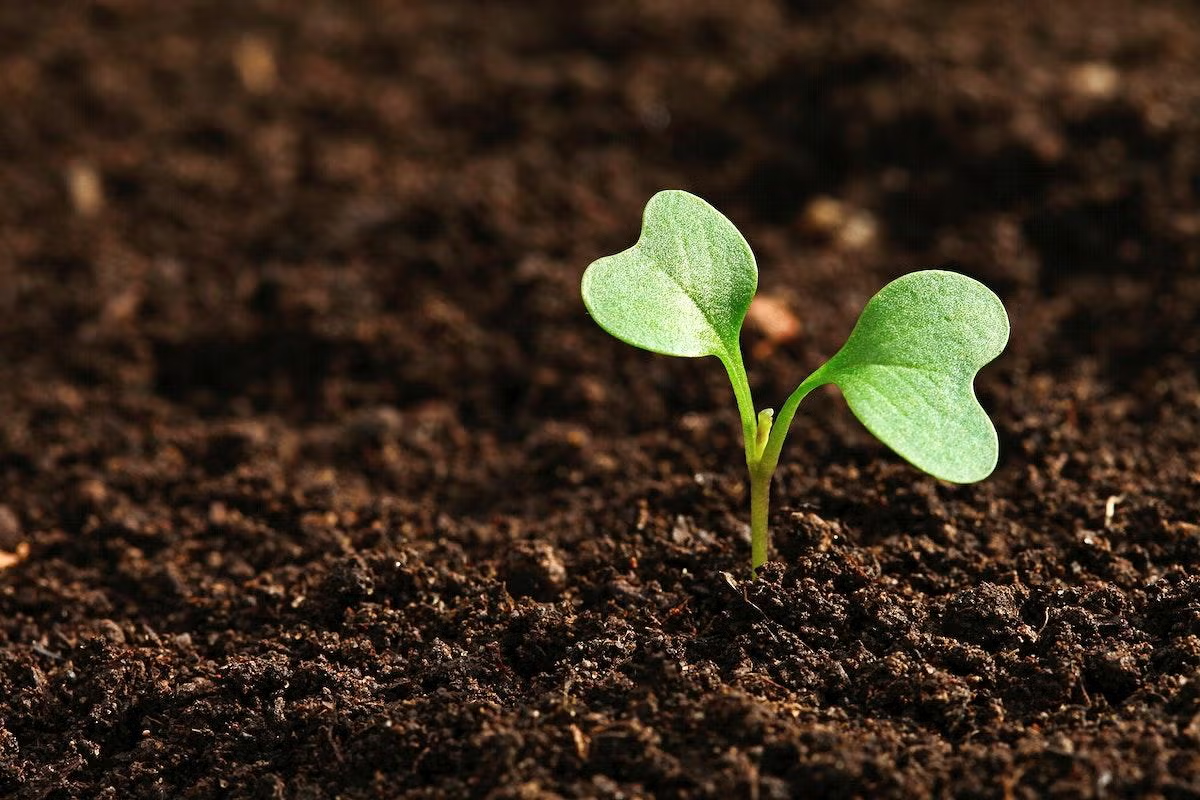
This lesson plan engages students in beginner composting. Students will discuss, design, and create a homemade composter. The lesson will also engage students in collecting and recording data to
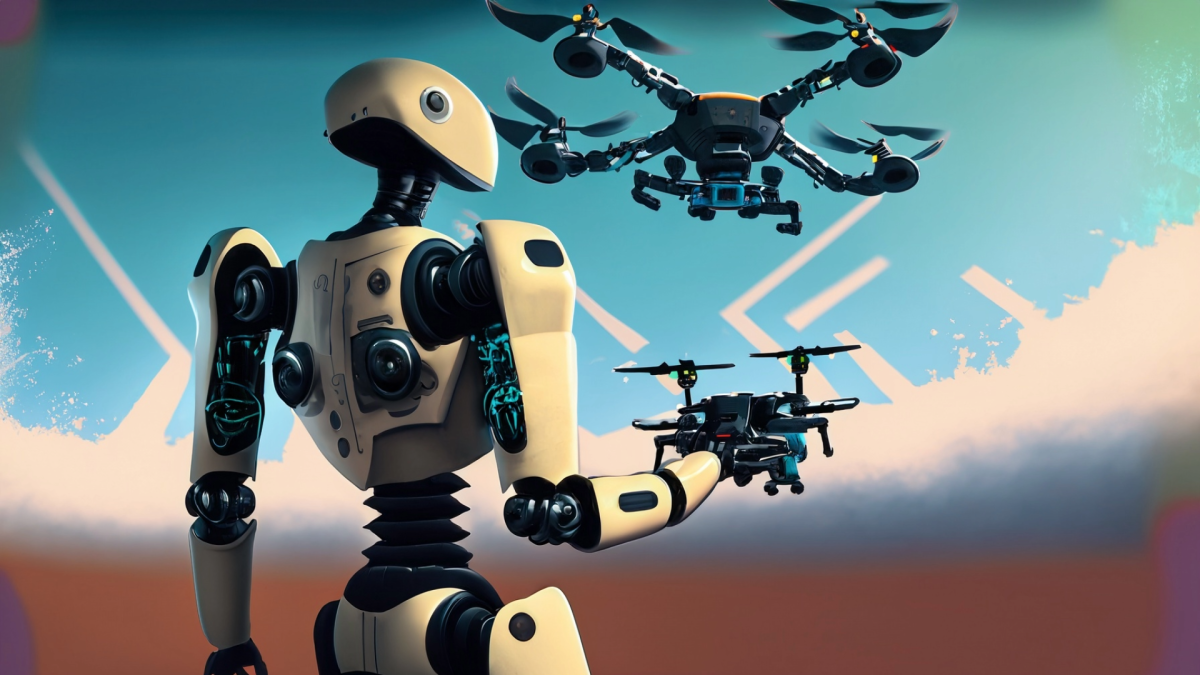
In this lesson students will learn how to maintain their drones: replace batteries and propellers. The students will conduct a propeller altering experiment to determine the effects of changing the
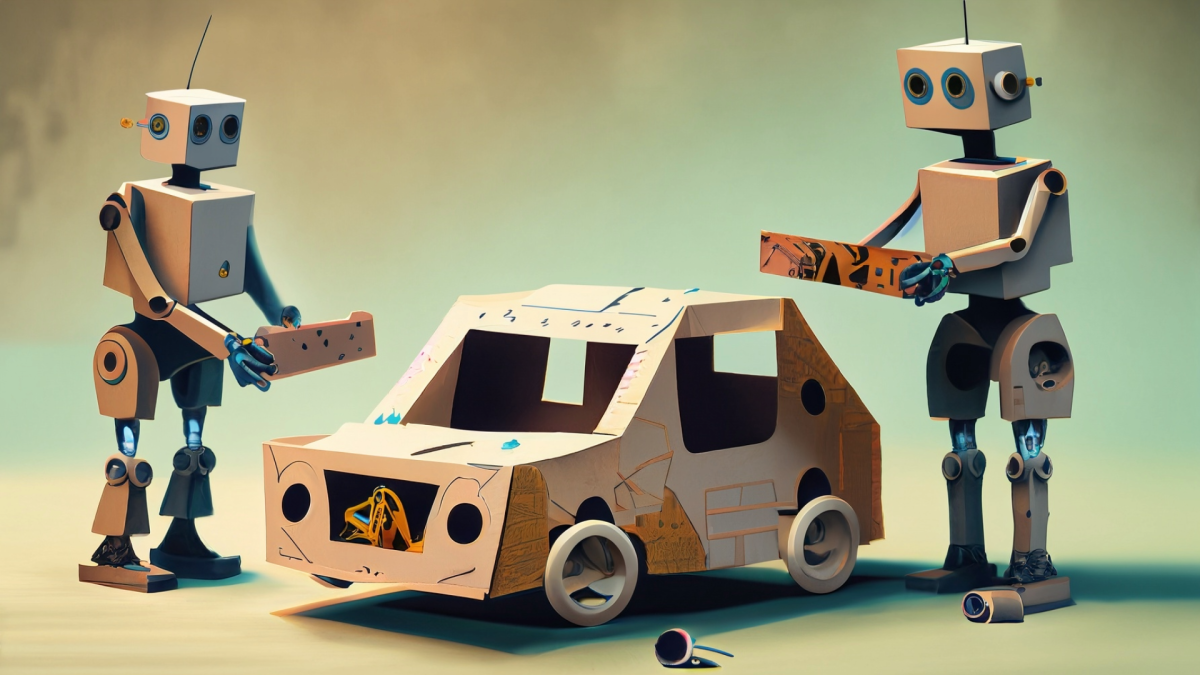
Students are constructing a cardboard control vehicle. Throughout this process, they will practice working with circuits and motors. In this lesson, students will begin working on the electrical

Students are constructing a cardboard remote control vehicle. Throughout this process, they will practice working with circuits and motors.

In this lesson, students will show how mass affects velocity (distance/time). Multiple variables can be changed to provide a story representing Newton's Laws in action.
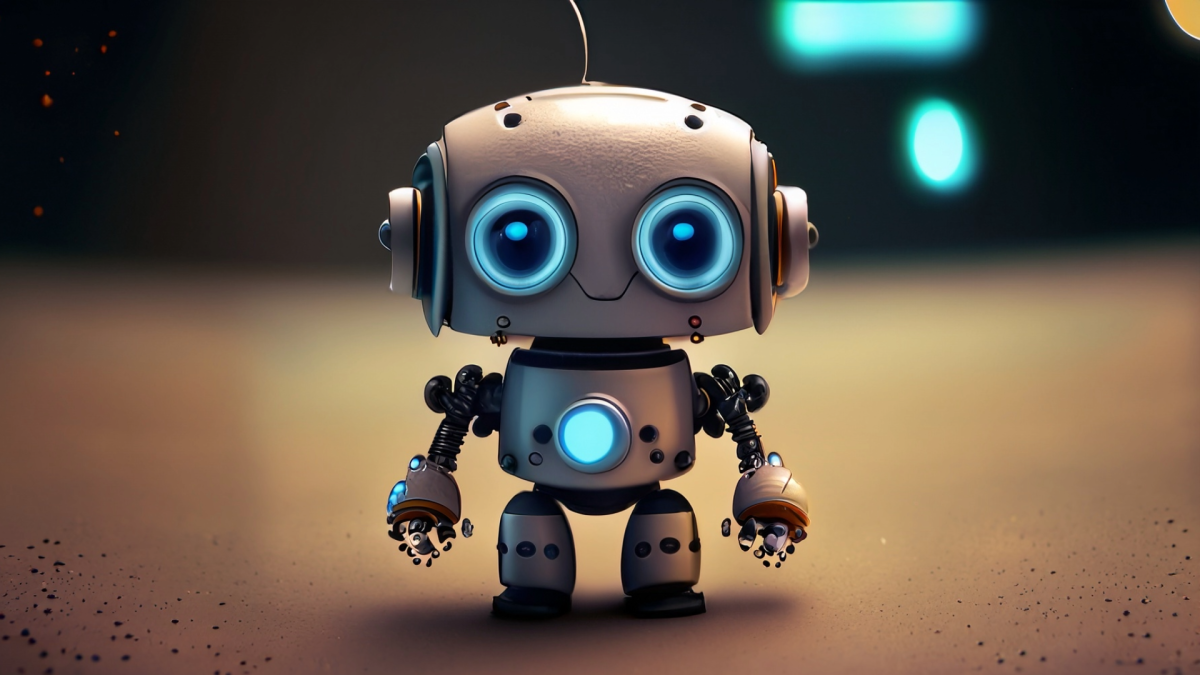
Students work together to measure the lengths and angles of a maze in order to create a scale drawing of it. They then use EdScratch to program their Edison robots to navigate the maze.
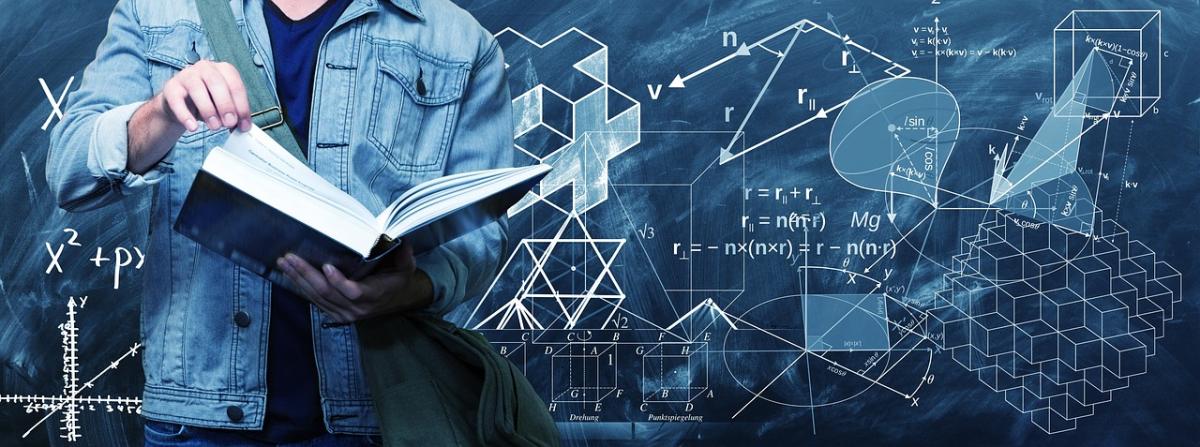
This engaging lesson is all about scale factor. Students will draw different items to scale. There is a Three Act Math, a DESMOS activity, and a Quizizz link to go along with the lesson!
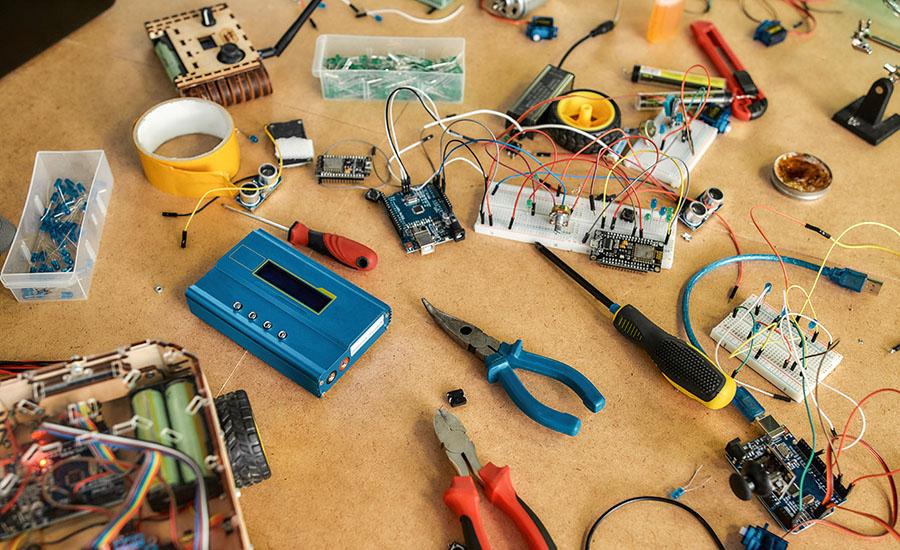
A Makerspace experience for the Holidays! (Part 2) Students are invited to launch their very own startup business just in time for the holidays! In your Makerspace group, invite students to brand
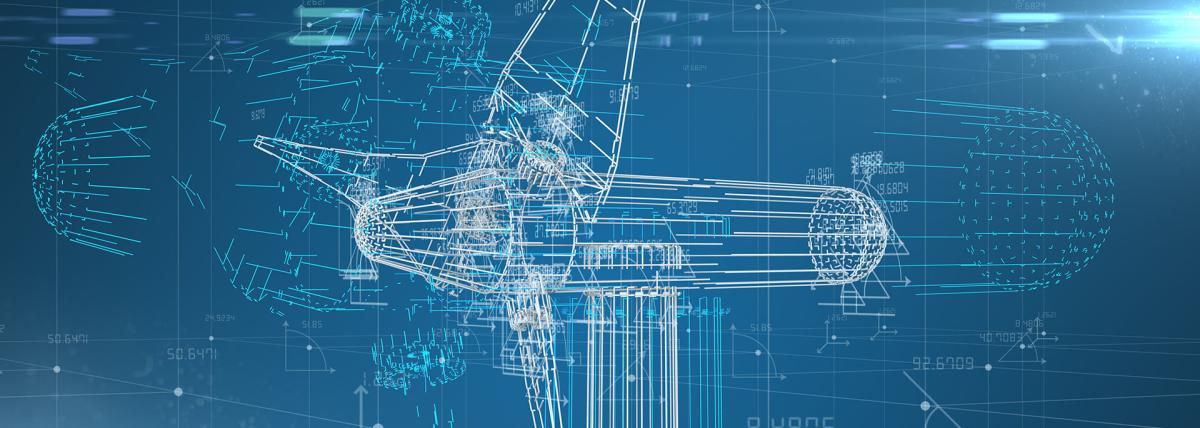
In this lesson, students are challenged to design and test a windsock that can tell the direction and relative speed of the wind.
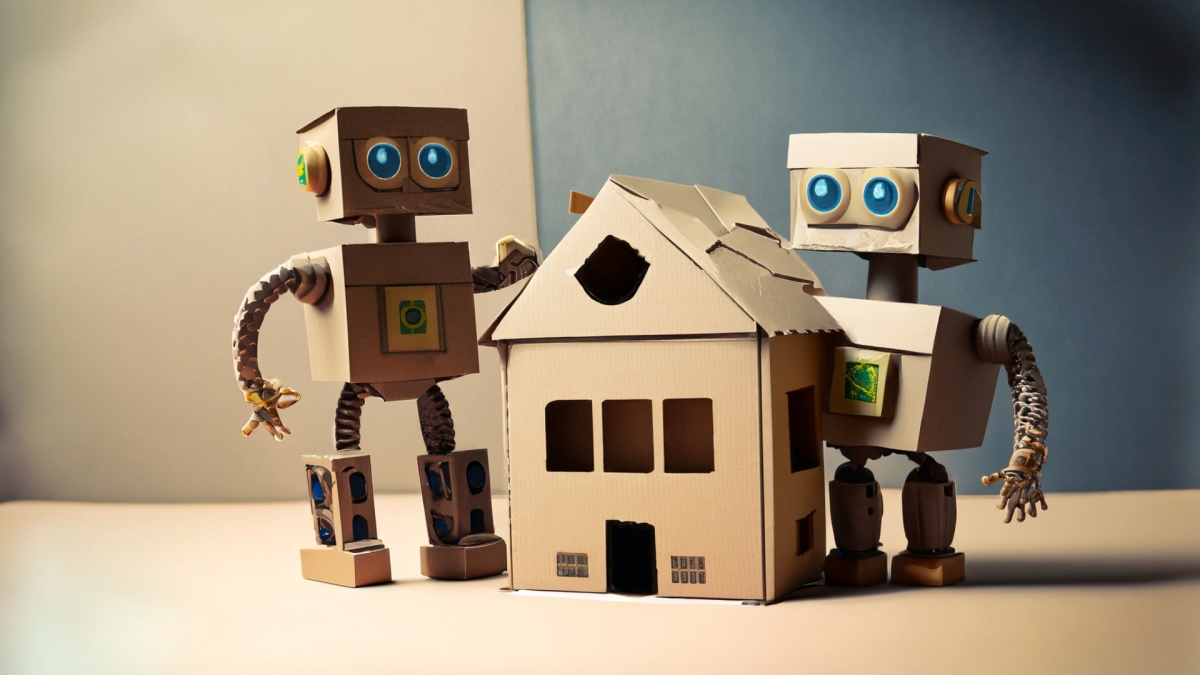
In this lesson, students are to use simple materials to create a structure that holds weight. It must be able to stand on its own. Students will first study and discuss gravity.

In this kindergarten computer science lesson, students explore algorithms through a playful "Looping Train Adventure," connecting everyday actions to the way computers follow instructions in a

This is a four-day lesson where students work in groups to design a fixture using LEGO bricks that holds a marker in an upright position while attached to their Edison Robots. Students code the robot

In this geometry/coding lesson, students embark on an exciting journey with Elsa and Anna from Frozen using Code.org. The lesson introduces fundamental coding concepts through interactive puzzles and

In this lesson, students will explore the concepts of gear ratios and proportions. They will construct a working gear system and observe how the ratio between gears affects their motion. They will use

In this lesson students will learn about the Makey Makey. They will create conductive touch points, record voice in scratch, and connect Makey to create an interactive poster. This can be used for any

This lesson is an introduction to Micro:bit. Students will learn parts of the device, as well as how to program and download a simple dice randomizer. Once the program is downloaded to the microbit
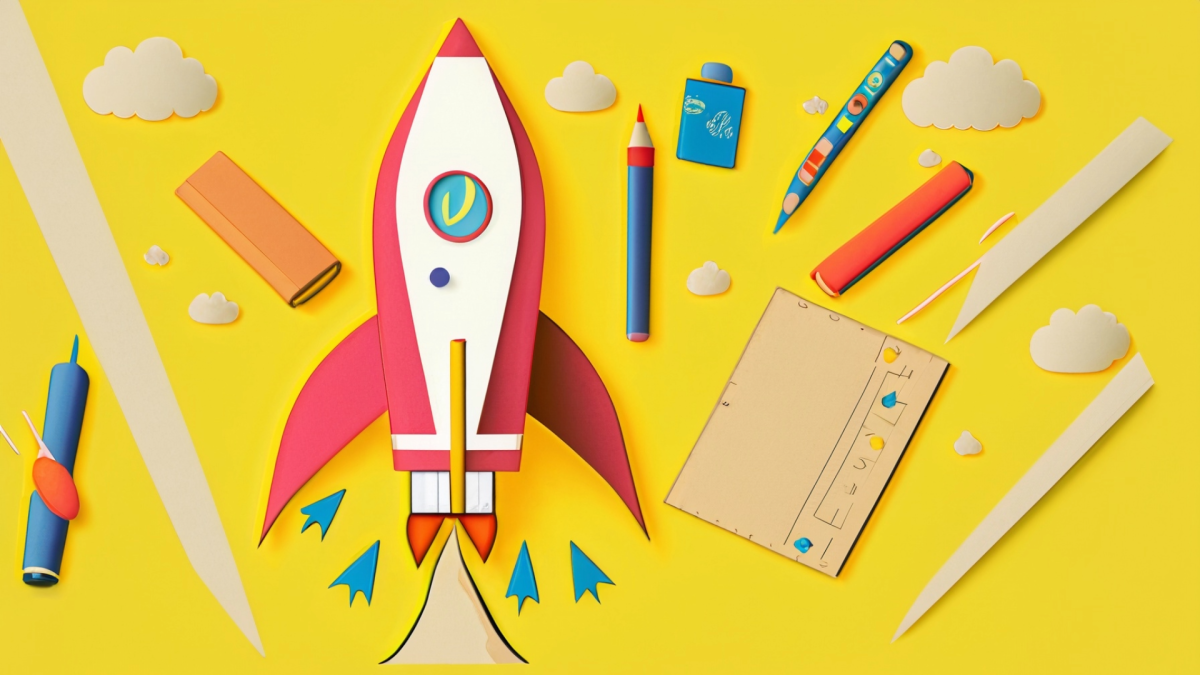
Day 2! Students start the process of building their Estes Alpha 3 rockets all the way to completion!
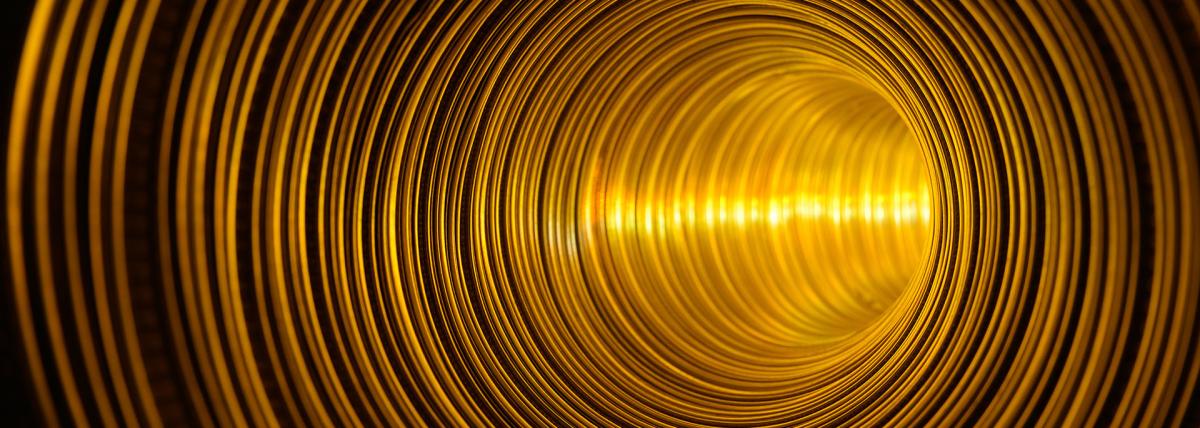
Students will learn the history of rainsticks. They will engineer and design their rainstick. Students have to figure out how much rice, beans and corn goes inside to make the sound of rain. Finally

On day one, students will learn the history of the boomerang. Then on day two, the students will engineer and design their boomerang. Finally, the students will fly their boomerangs.

Students will build landing gear to successfully land a rover on Mars.
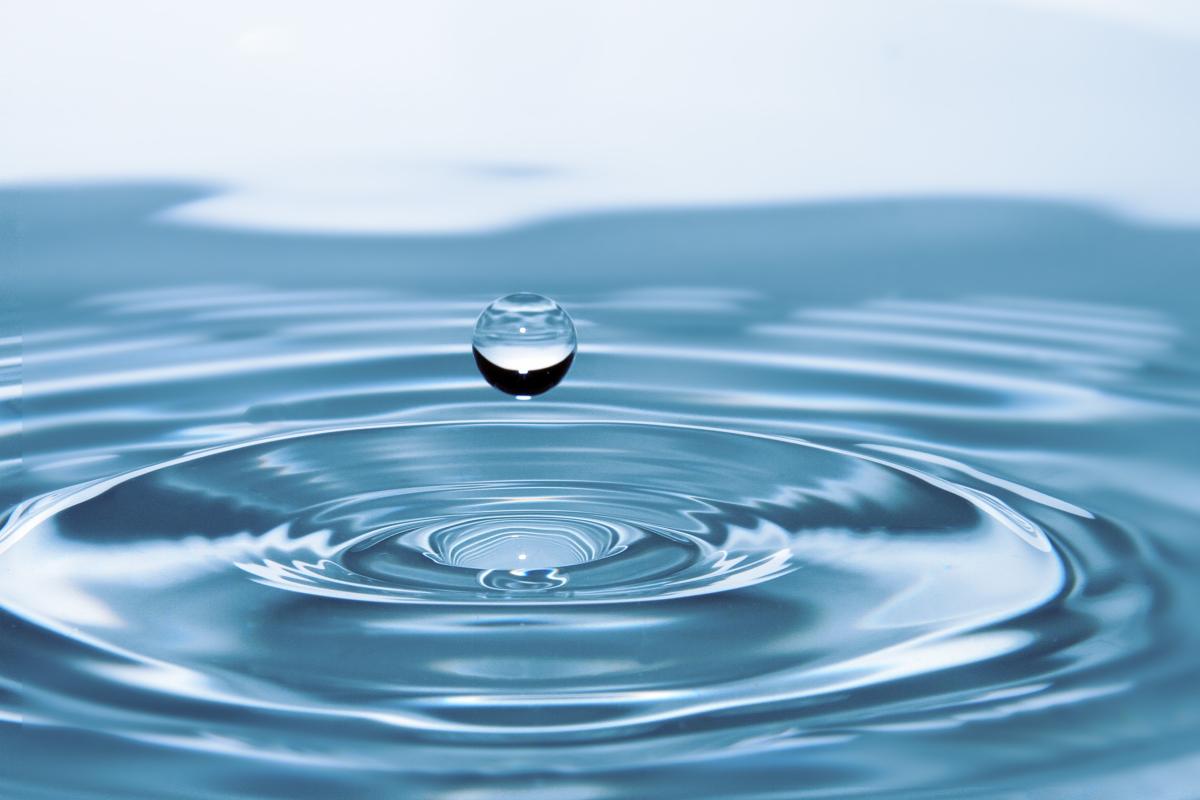
Splash of Science
Students measure the temperature of water as it cools to learn about heat transfer and thermal properties while using line of best fit, linear regressions and/or quadratic regressions.

Math is All Around Us
Inspired by the picture book, "Count on Me," Kindergarten students will demonstrate the Engineering Design Process by collaboratively creating a model of a new toy for their playground, observing the

A lesson to teach students how to collect, organize, interpret data, make inferences, raise awareness, and suggest possible solutions on the water quality of the waterbodies in the state of Arizona.
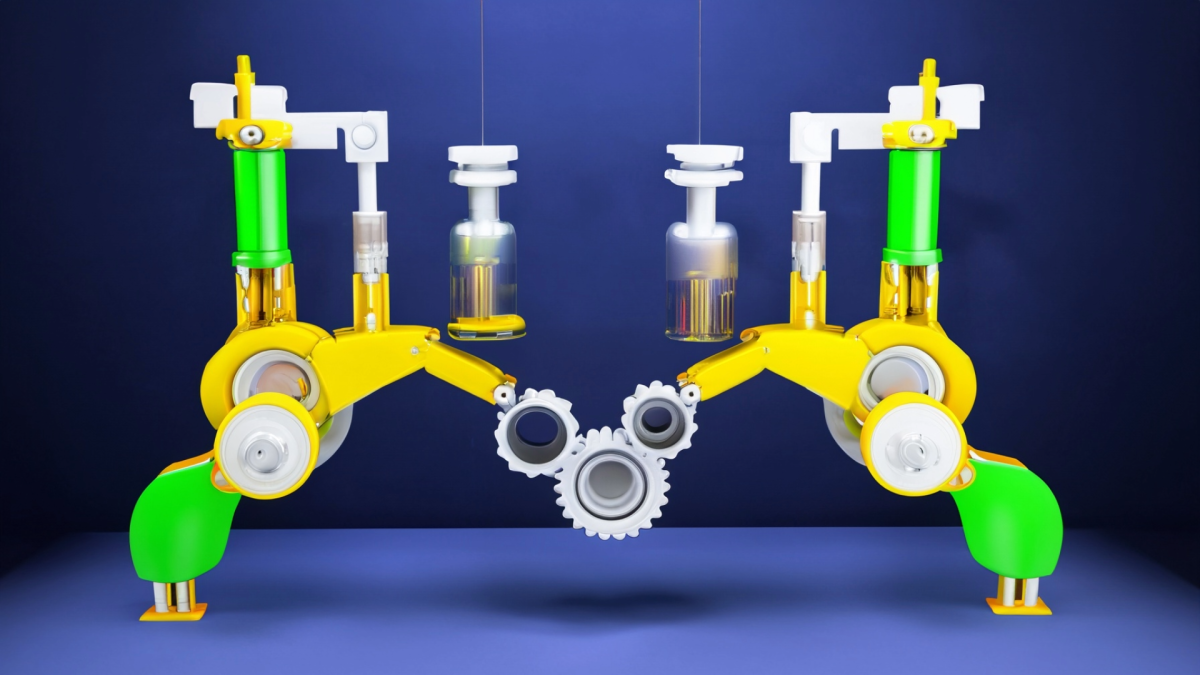
Students will construct an explanation using evidence to demonstrate that objects can affect other objects even when they are not touching. They will explore electric, magnetic, and gravitational


